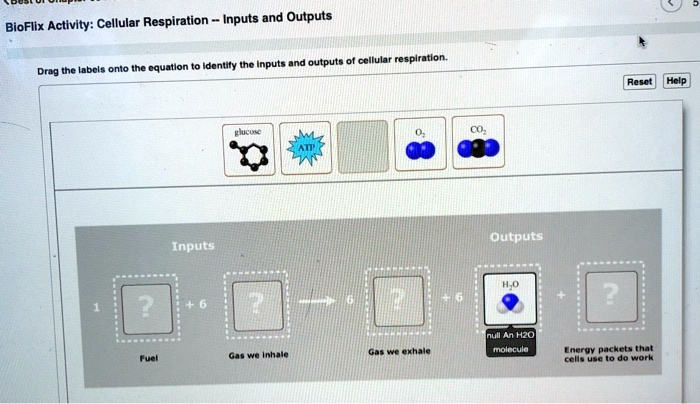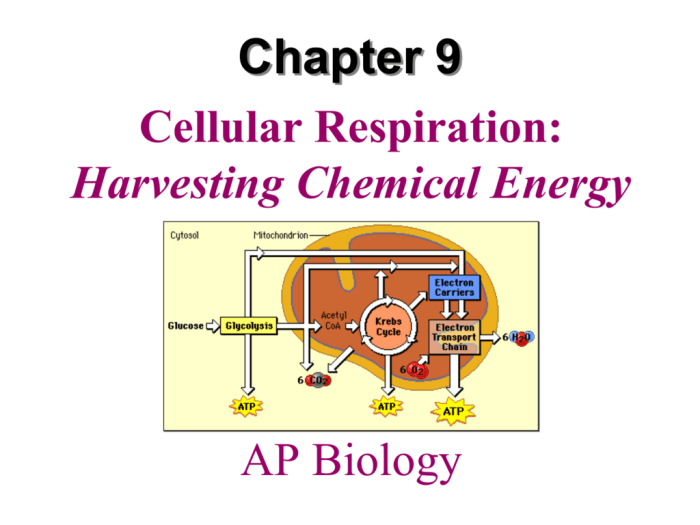Bioflix activity cellular respiration and photosynthesis chemical cycling takes center stage in this engaging exploration of fundamental biological processes. Through a blend of captivating visuals and expert insights, we delve into the intricate workings of cellular respiration and photosynthesis, unraveling their interconnectedness and profound impact on life on Earth.
Cellular respiration, the process by which cells convert glucose into energy, and photosynthesis, the process by which plants harness sunlight to create glucose, form the cornerstone of life’s energetic cycle. These processes are intricately linked, with cellular respiration releasing carbon dioxide as a byproduct, which is then utilized by plants for photosynthesis.
This delicate balance ensures a continuous flow of energy and matter through ecosystems.
Cellular Respiration

Cellular respiration is the process by which cells convert energy stored in glucose into usable energy for the cell. This process occurs in the mitochondria of cells.
The chemical equation for cellular respiration is:
C6H 12O 6+ 6O 2→ 6CO 2+ 6H 2O + energy
Photosynthesis

Photosynthesis is the process by which plants use sunlight to convert carbon dioxide and water into glucose and oxygen.
The chemical equation for photosynthesis is:
CO2+ 6H 2O + light energy → C 6H 12O 6+ 6O 2
Chemical Cycling

Chemical cycling is the process by which chemical elements are passed through different parts of the Earth’s system, including the atmosphere, hydrosphere, biosphere, and geosphere.
Chemical cycling is essential for life on Earth because it ensures that essential elements are available to all organisms.
- The water cycle
- The carbon cycle
- The nitrogen cycle
Interconnections Between Cellular Respiration, Photosynthesis, and Chemical Cycling: Bioflix Activity Cellular Respiration And Photosynthesis Chemical Cycling
Cellular respiration and photosynthesis are connected because cellular respiration uses the products of photosynthesis (glucose and oxygen) to produce energy, while photosynthesis uses the products of cellular respiration (carbon dioxide and water) to produce glucose and oxygen.
Chemical cycling affects cellular respiration and photosynthesis because the availability of essential elements, such as carbon, nitrogen, and oxygen, can affect the rates of these processes.
Common Queries
What is the role of mitochondria in cellular respiration?
Mitochondria are the organelles responsible for cellular respiration, generating energy in the form of ATP.
How does photosynthesis contribute to the carbon cycle?
Photosynthesis removes carbon dioxide from the atmosphere, converting it into glucose, which is then utilized by other organisms.
What is the significance of chemical cycling for life on Earth?
Chemical cycling ensures the continuous availability of essential elements, such as carbon, nitrogen, and phosphorus, for all living organisms.